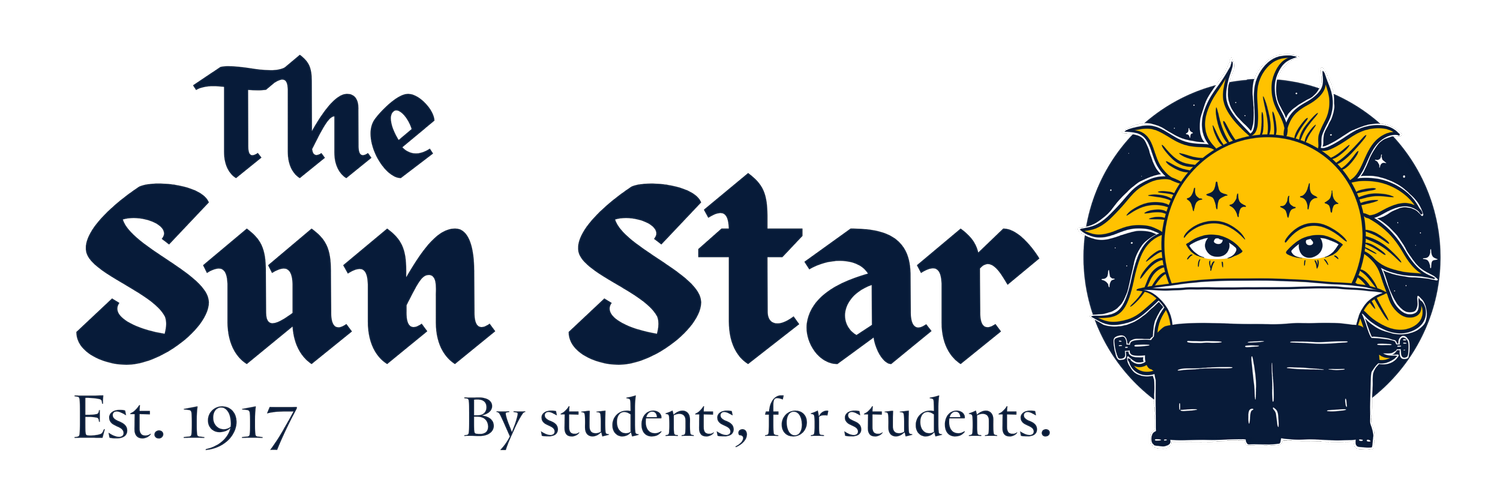Spotlight: Comics Class at UAF
By Nóra McIntyre
In a large room in the Fine Arts Complex, desks are arranged against the walls in a circle, where students sit bent over sketches at various stages of completion. The center of the circle, a table overflows with numerous comic books and graphic novels, including notable banned books, such as “Maus” and “Genderqueer”, as well as many others that challenge standard perception of the role of cartoon artistry and what a graphic novel can be.
A comic drawn by UAF student Jenae Matson.
This past fall, The Sun Star had the chance to sit in on a period of the Cartoon and Comic Arts class at the University of Alaska Fairbanks. We got an inside view on the artistic process of students, and had the chance to interview the class’s instructor, Jamie Smith, about what makes the class special.
The syllabus for the course outlines a focus on process, as well as the basic elements of creation and storytelling. The assignment we sat in for, collaborative pages, was a prime example of this education. As Smith describes, “[collaborative pages] is a week-long assignment that gives students a taste of what creating more mainstream comic pages are like.”
“Four different students work on each page, so the end result is a neat amalgamation of styles that evolves with each person's contribution,” Smith said. Smith detailed the breakdown of this project. Student one writes a script for a one-page comic (an interesting experiment with visual people who have to write everything out using only words); student two pencils out the page; student three inks it; the final student adds color or tone.
A comic drawn by UAF student Karl Stevens.
The assignment inherently involves a great deal of teamwork, idea sharing, and creation in the community. The resulting comics, which bear the name of each artist involved, display an interesting blend of inspiration and style.
Students in the Cartoon and Comic Art class also compile several individual works into a final portfolio, reflecting their artistic growth over the semester. Smith notes that “comics afford students the opportunity to incorporate their own narratives and interests with their art.” This idea is very present in the comic samples provided to The Sun Star. Each piece reflects the unique voices and styles of the artists. The comics we had the chance to look through all contain rich and important narratives, and the nature of the comic medium allows for innovative and expressive storytelling, unlike other forms of writing. In short, the work is fantastic. The artists at work showcase a wide range of techniques, all of which push forward the stories they share.
A comic drawn by UAF student Renee Kurka.
At a time when the arts and humanities are consistently under attack and seemingly at threat of extinction, when AI models are stealing from artists, this class values creative spirit. Cartoons and comics have long been an undervalued art form, but as the large stack of highly popular comic books and graphic novels in the center of the room suggests, it is an art form that can significantly impact the world.
Smith says to his students, “What you’re doing is legit. It’s real; it counts.”




